23.03.2021
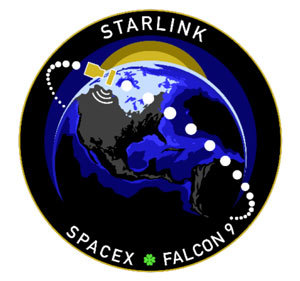
SpaceX targets Wednesday for next Starlink satellite launch
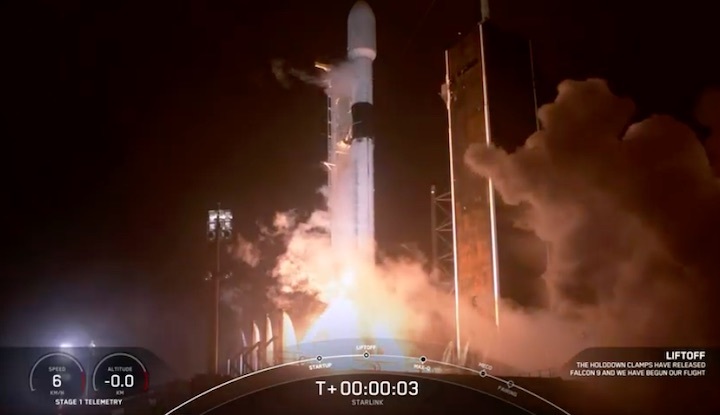
CAPE CANAVERAL, Fla. - We're counting down to the next liftoff from Florida's Space Coast.
SpaceX is targeting early Wednesday morning for a Falcon 9 rocket launch.
The rocket will reportedly carry the 23rd batch of Starlink satellites into orbit.
Liftoff is currently set for 4:58 a.m.
As of Sunday, the launch was reported to have just a 10 percent chance of weather constraints, citing cumulus cloud rule as a possible issue. However, winds are not expected to be particularly strong, sticking between five to ten mph in range.
SpaceX says Starlink can deliver high-speed broadband Internet to locations where access has been unreliable or completely unavailable, "ideally suited for areas of the globe where connectivity has typically been a challenge."
There are said to be hundreds of Starlink satellites already in orbit, the largest constellation of artificial satellites. The plan is to eventually have thousands of them in orbit.
Quelle: FOX35
+++
Weather looks good for SpaceX's next Starlink launch from Cape Canaveral
Conditions should be solidly favorable for SpaceX's upcoming launch early Wednesday, a mission slated to boost the next batch of Starlink internet satellites from Cape Canaveral Space Force Station.
Weather was calculated at 90% "go" for Falcon 9's 4:58 a.m. ascent from Launch Complex 40, the Space Force said Monday, adding that other factors like upper-level winds and the drone ship's at-sea conditions should pose little risk. This flight will mark the ninth for the Space Coast this year and 23rd for Starlink overall.
As of Monday morning, the Space Force and National Geospatial-Intelligence Agency had issued their respective warnings about the launch, but the Federal Aviation Administration had not yet imposed airspace restrictions. SpaceX could also opt to launch Thursday if teams need extra time to prepare.
According to a log maintained by Jonathan McDowell, an astrophysicist at the Harvard–Smithsonian Center for Astrophysics, 1,259 Starlink satellites are operating in low-Earth orbit out of the 1,325 launched to date. Thousands have expressed interest in using the constellation for internet access, which is currently serving customers in higher latitudes like the Pacific Northwest and Canada, for example.
The service is expected to expand south and abroad to regions like the United Kingdom, Germany, and New Zealand later this year. While Starlink doesn't currently offer speeds as fast some terrestrial options, it does surpass connectivity historically available in remote or low-infrastructure areas.
Launch Wednesday, March 24
- Rocket: SpaceX Falcon 9
- Mission: 23rd batch of Starlink internet satellites
- Launch Time: 4:58 a.m.
- Launch Complex: 40 at Cape Canaveral Space Force Station
- Landing: Drone ship
- Weather: 90% "go"
Quelle: Florida Today
----
Update: 24.03.2021
.
Start von SpaceX’s 22th Starlink v1.0 mission and 23th Starlink
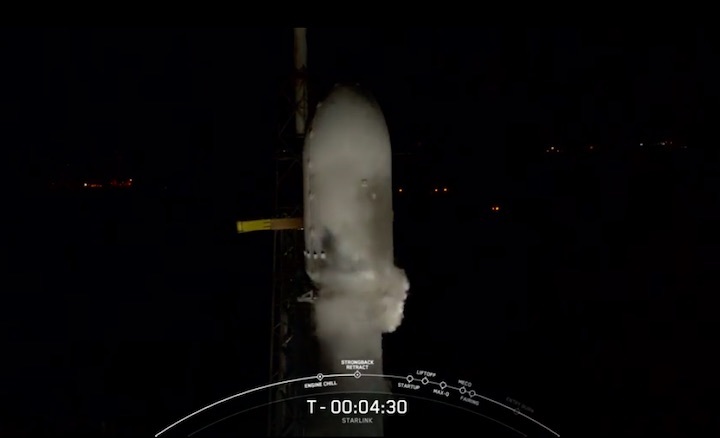
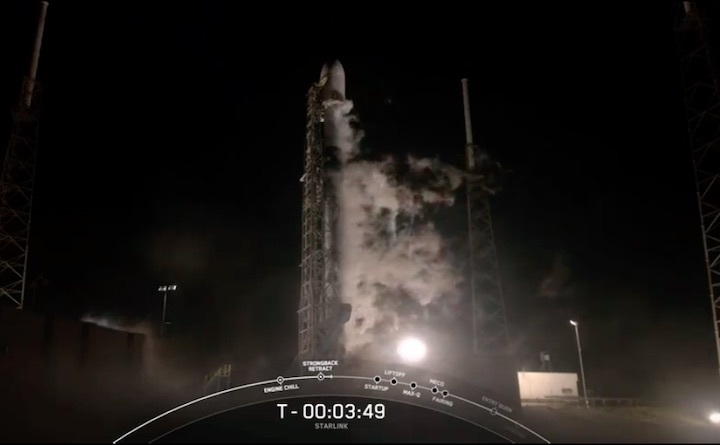
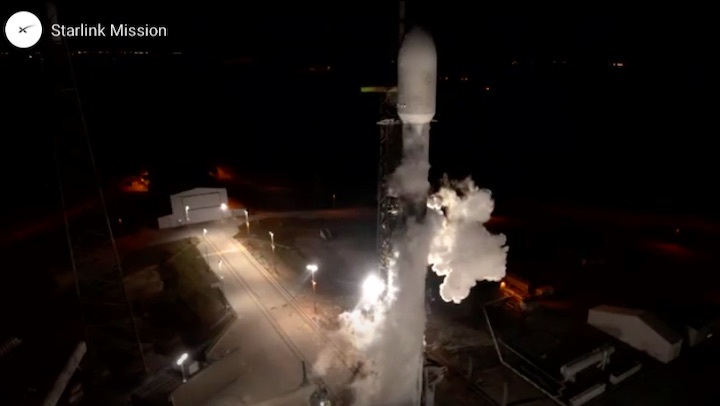
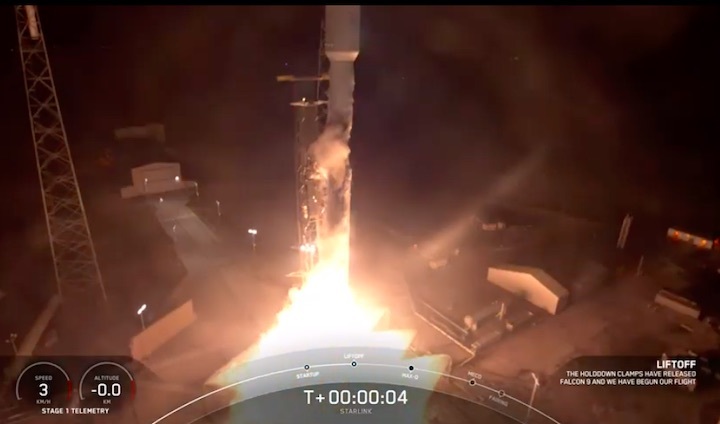
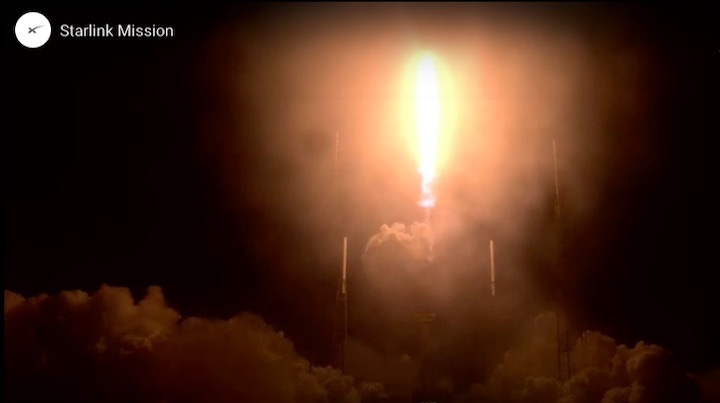
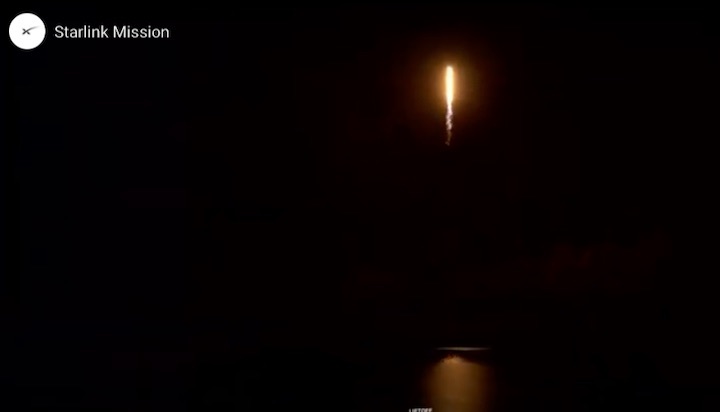
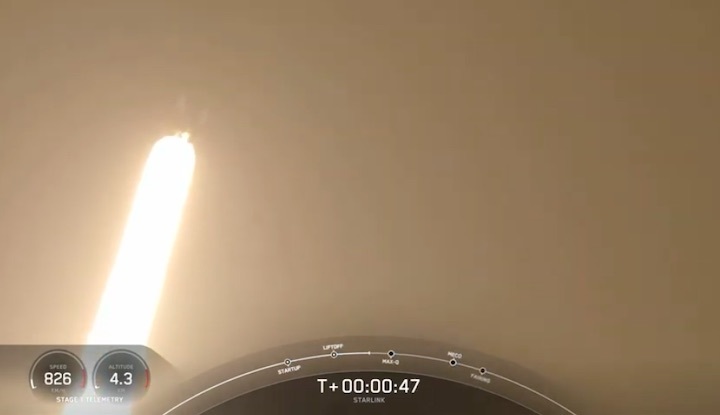
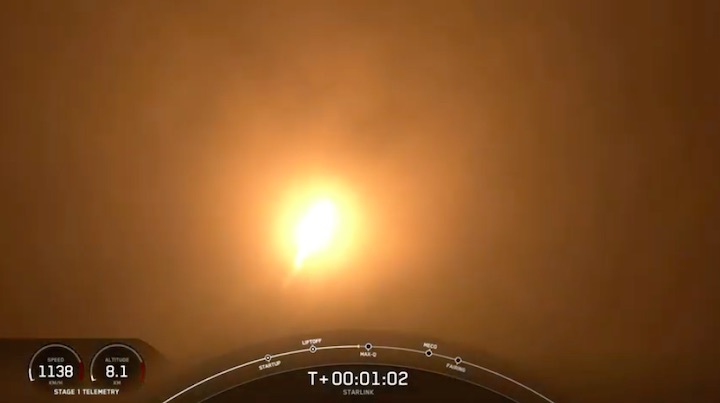
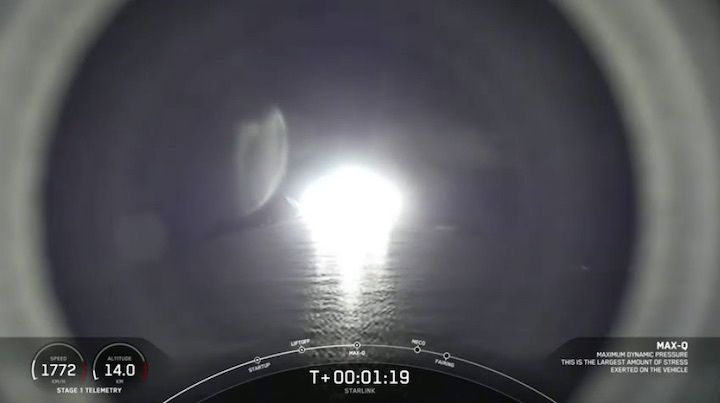
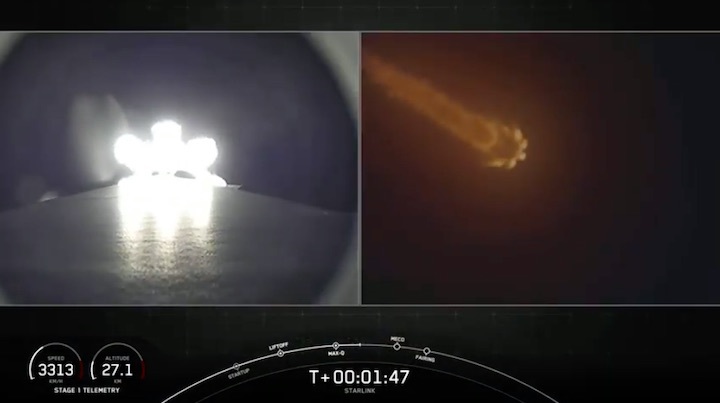
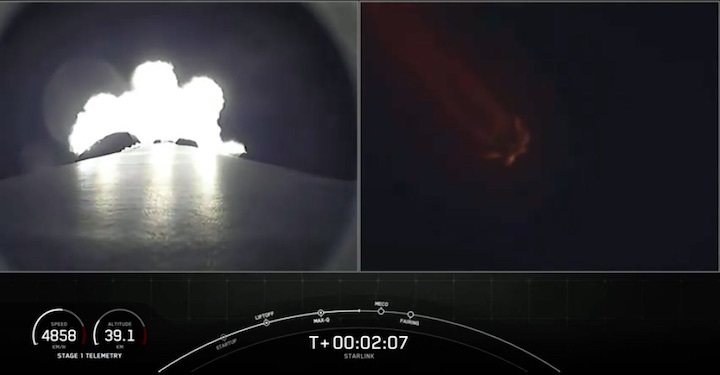
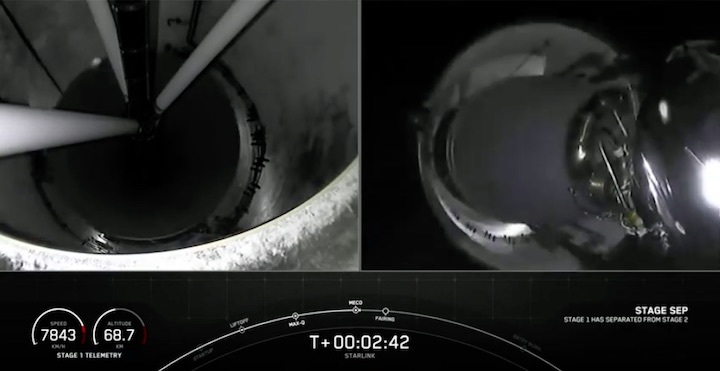
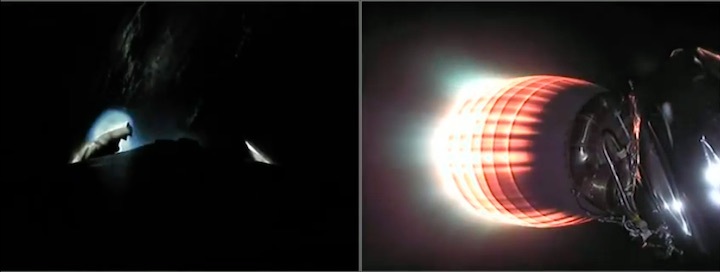
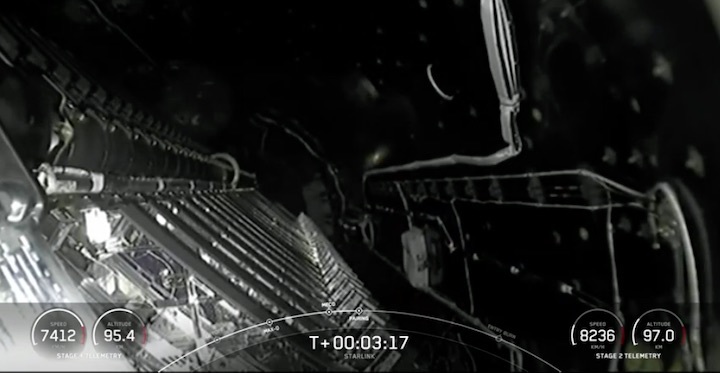
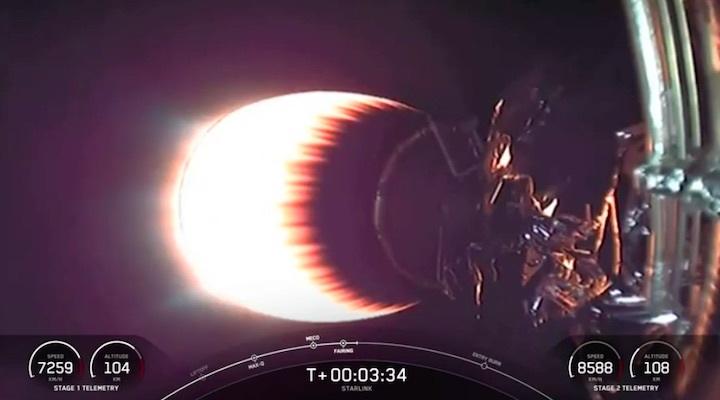
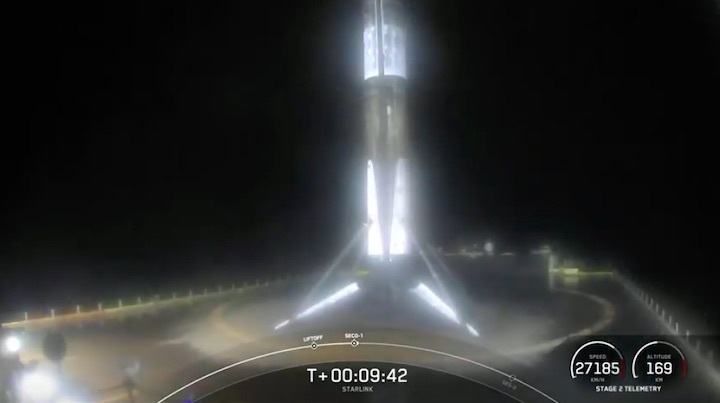
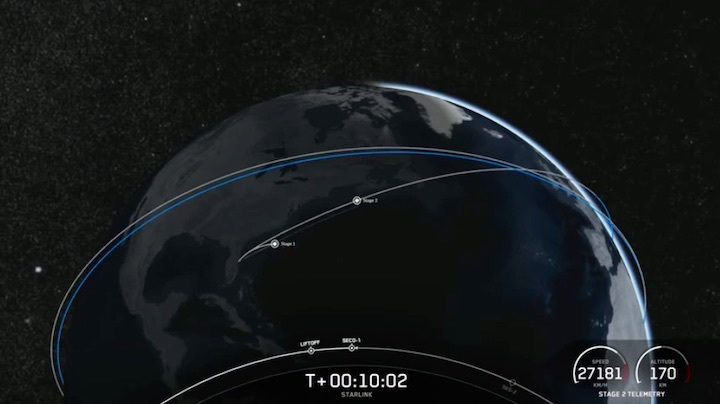
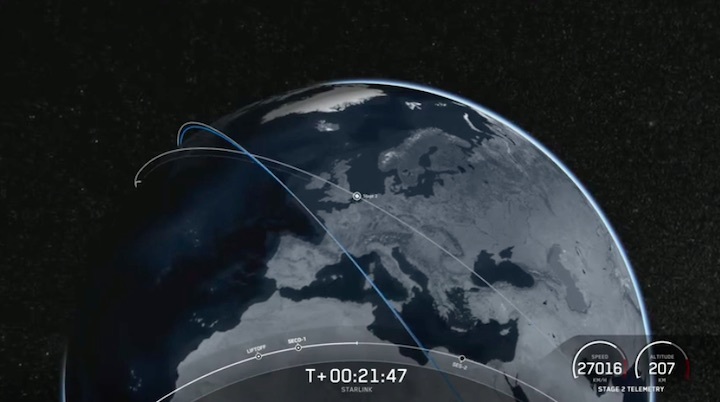
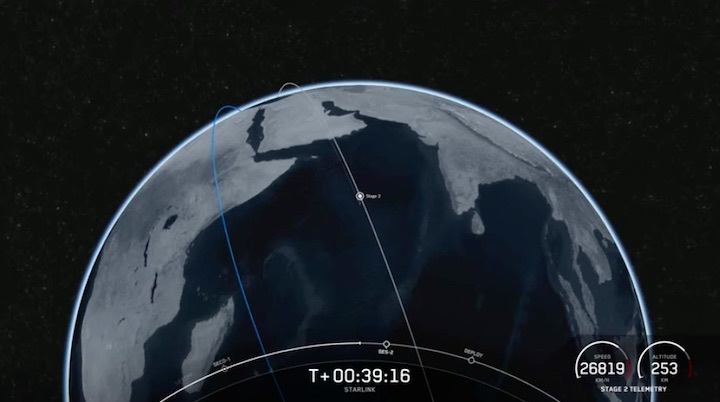
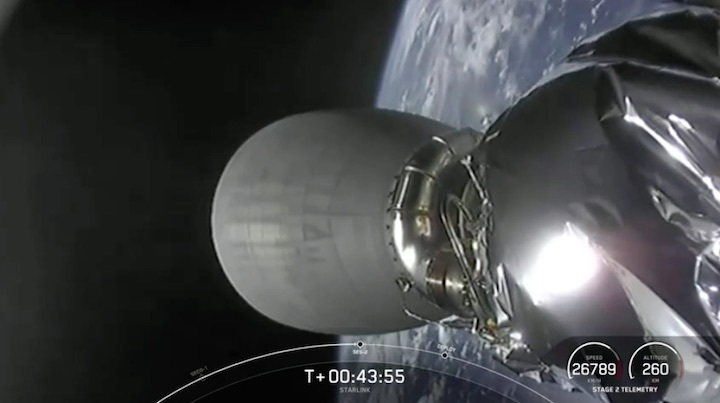
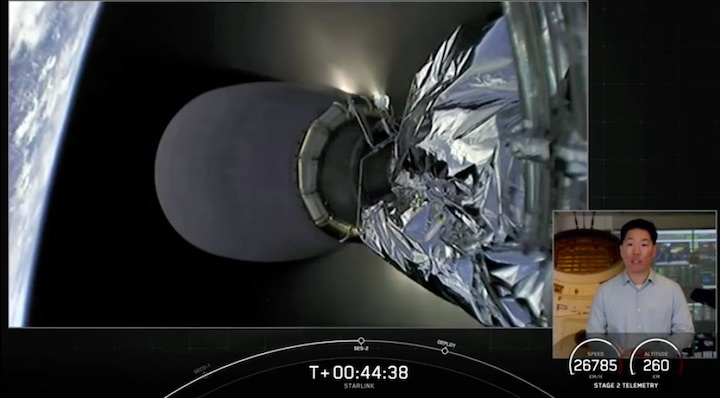
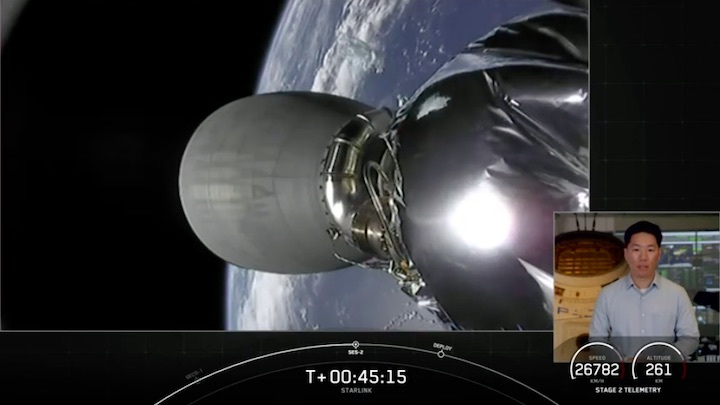
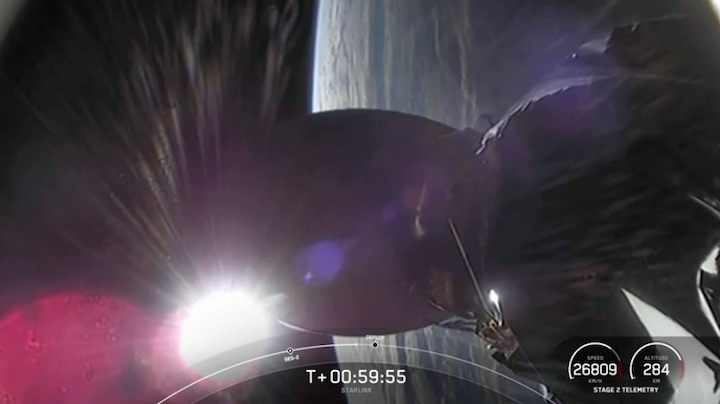
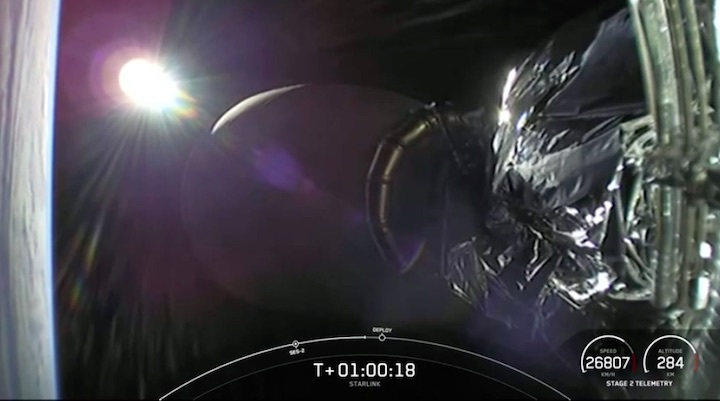
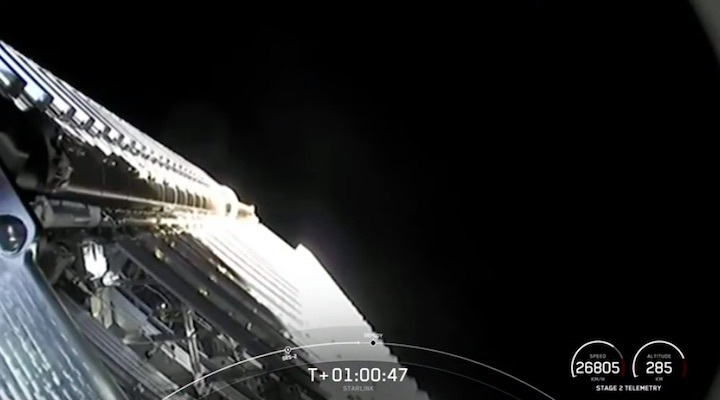
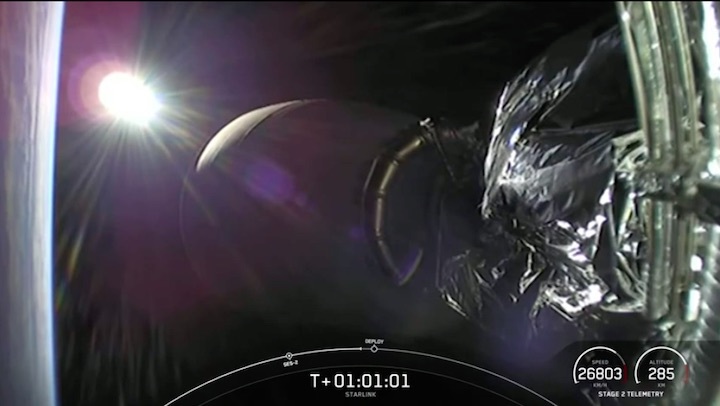
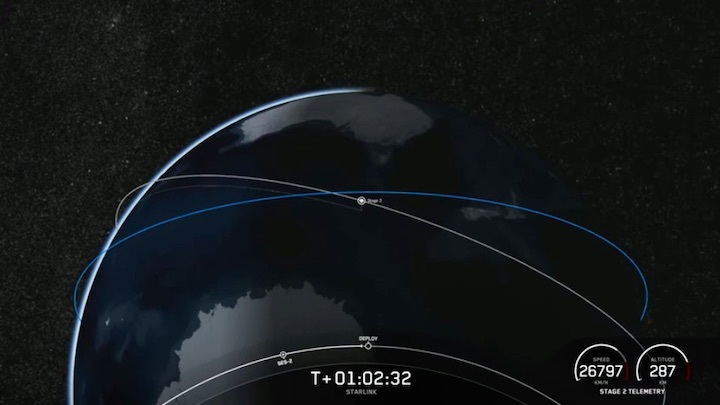
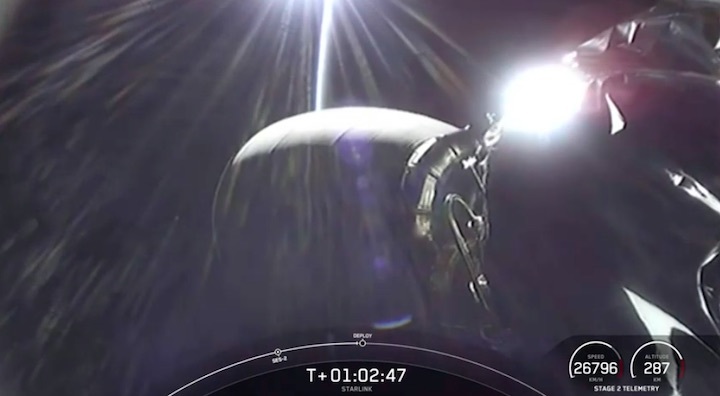
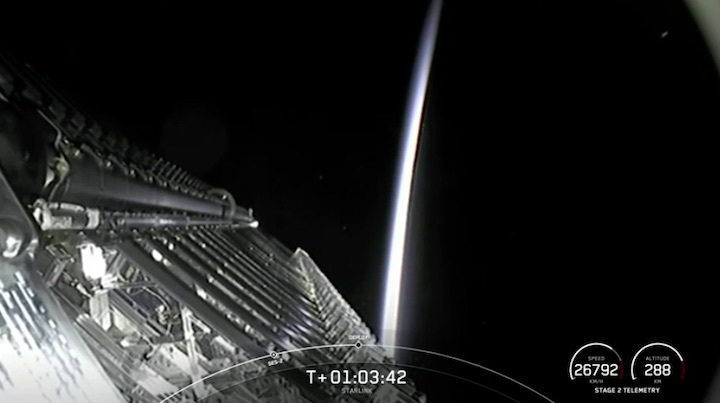
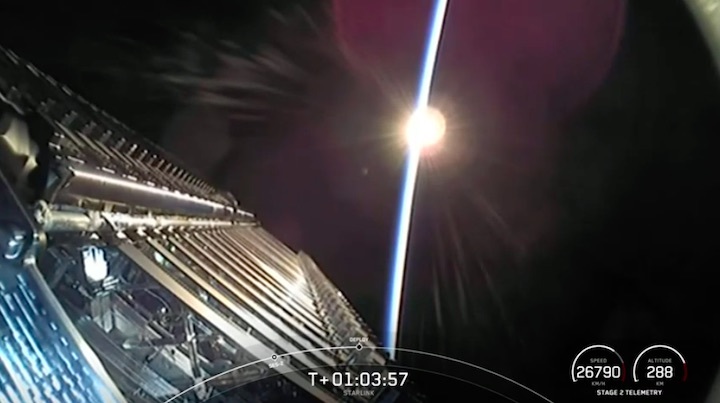
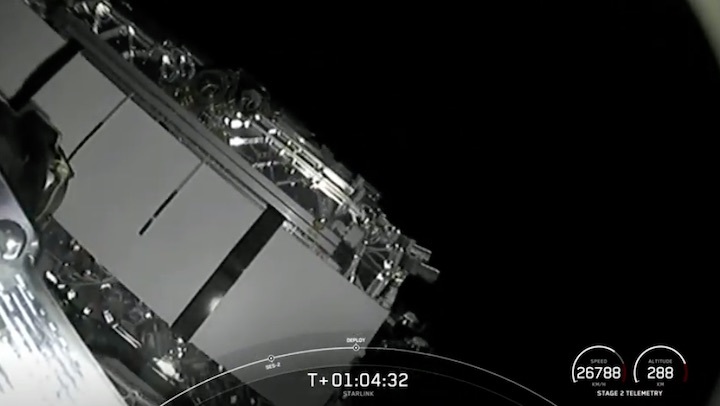
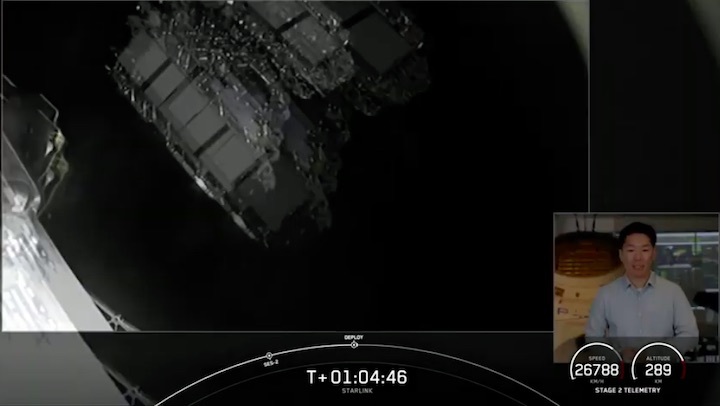
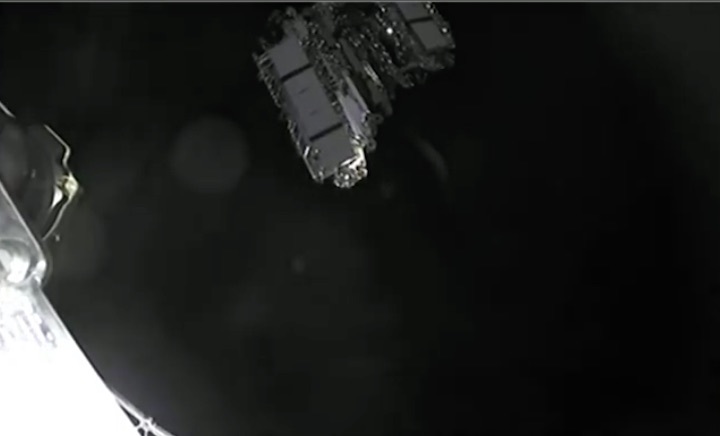
Quelle: SpaceX
